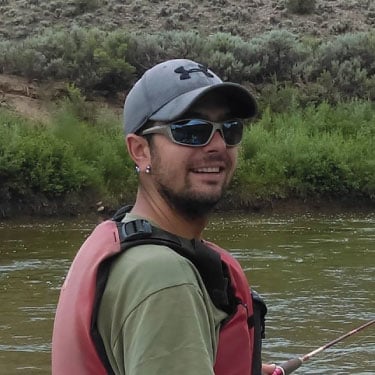.jpg?width=300&name=how_radon_enters%20(1).jpg)
January is federally recognized as National Radon Action Month. Though radon gas levels are a concern throughout the whole year, the cooler months are more of a concern, and is the best time to conduct radon testing, because your home is generally “closed up” from the outside.
What is radon?
You can’t see it; you can’t smell it; and, it is tasteless. But, it is everywhere. The U.S. Environmental Protection Agency has classified radon gas as a cancer-causing, radioactive gas. It is produced by the natural breakdown of uranium. As uranium decays in soil, rock, and water, it produces radon gas that moves up through the soil and into the atmosphere. It has been found in all 50 states and almost half the homes in Colorado have radon levels higher than the EPA’s recommended level of 4 picoCuries per liter (pCi/L). In 2003, the EPA conducted a risk assessment and found radon causes an estimated 21,000 lung cancer deaths per year in the United States. This means that it is the second leading cause of lung cancer after smoking-related lung cancer deaths.
Why should this be alarming? Buildings act as containers for radon gas as it seeps up through the soil, holding it in allowing it to concentrate at dangerous levels. Common entry points include spaces between basement walls and the slab, cracks in foundations and/or walls, openings around sump pumps and drains, construction joints and plumbing penetrations, crawl spaces, and well water. Building age and type has no effect on radon concentrations. So, even new construction projects can contain high levels of radon gas, unless properly mitigated.
How can you test your home?
There are two types of do-it-yourself testing, short-term and long-term. Short-term radon tests are placed in the home for 48 hours to 96 hours and then mailed to a laboratory that analyzes the test. Once you have mailed in your test, the testing facility can usually send your results within 3-5 business days.
Radon levels vary from season to season, even from day to day, short-term tests are usually used as a baseline method. If your results are higher than the EPA’s recommended level of 4 pCi/L, it is suggested that you complete another short-term test or follow up with a long-term test. Long-term tests usually remain in the home for more than 90 days and produce results that better reflect the year-round concentration of radon gas in your home.
Regardless of which testing method you use, radon mitigation is highly suggested for results above 4 pCi/L.
You can pick up a free short-term test kit at the following locations during January, National Radon Action Month:
Eagle County Environmental Health Desk500 Broadway St, Eagle, CO 81631
Vail Health’s Shaw Cancer Center Pharmacy322 Beard Creek Rd, Edwards, CO 81632
Walking Mountains Science Center’s Front Desk318 Walking Mountains Ln, Avon, CO 81620
El Jebel Community Center20 Eagle County Dr, El Jebel, CO 81621
Building Mitigation
Here in Eagle County, Walking Mountains Science Center will rebate radon mitigation projects. Please contact Energy Smart Colorado at Walking Mountains Science Center by calling (970) 328-8777 to find out more. Additionally, Colorado Department of Public Health and Environment offers radon mitigation assistance to income-eligible households. Please visit the department’s website for further information. https://www.colorado.gov/pacific/cdphe/categories/services-and-information/environment/radon
Sources:
https://www.colorado.gov/pacific/cdphe/radon-and-your-health
https://www.colorado.gov/pacific/cdphe/understanding-radon
https://www.epa.gov/sites/production/files/2016-12/documents/2016_a_citizens_guide_to_radon.pdf
Matt Parker is the Energy Programs Associate at Walking Mountains Sustainability. For more information on Radon Test Kits, or the CARE program, contact Matt at mattp@walkingmountains.org








